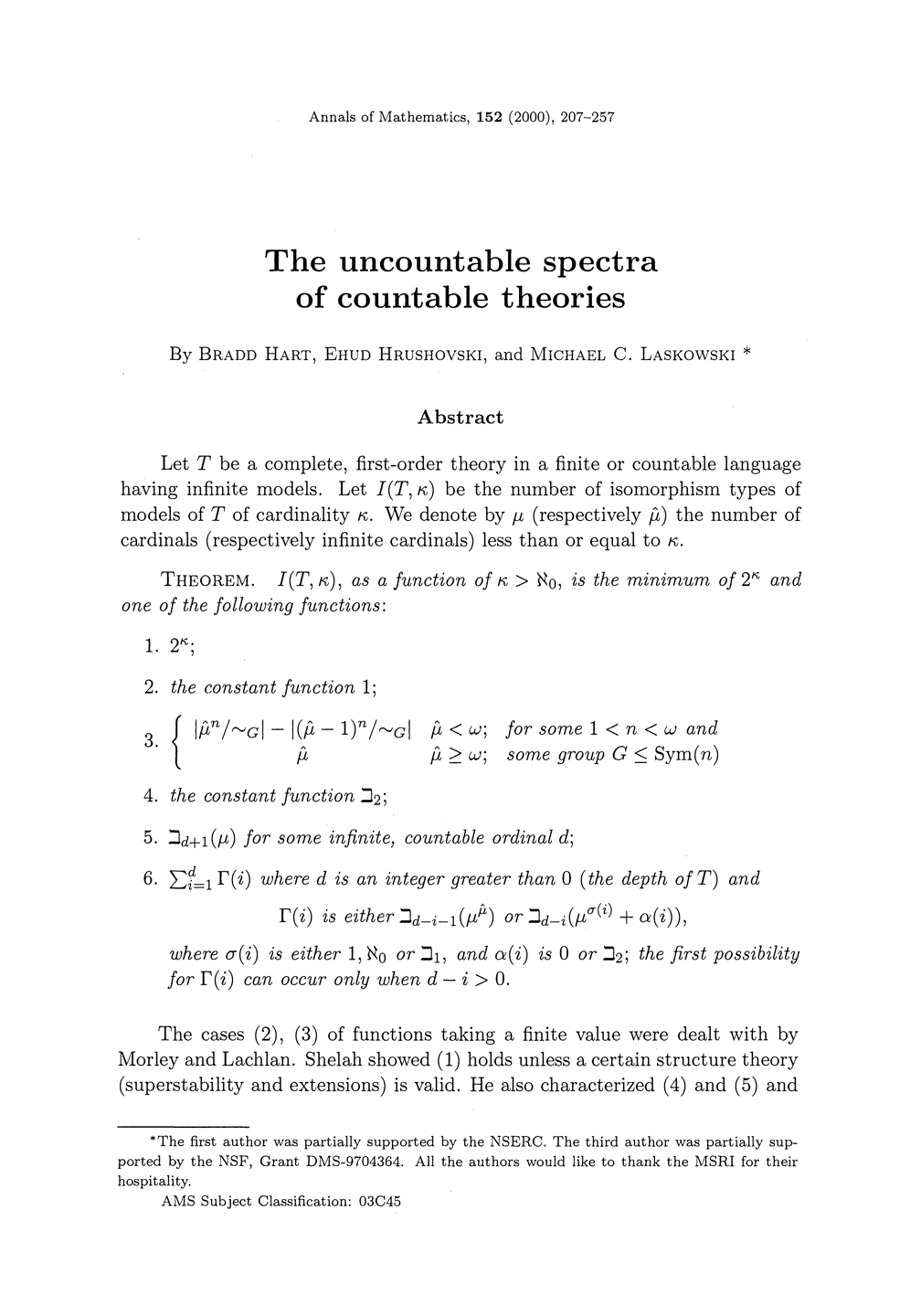David:
As for the "736" in Shelah's paper, this is just his way of saying "for every $n>1$, there is a group as in the theorem which is free iff the continuum is below $\aleph_n$", there is nothing privileged or special about $\aleph_{736}$ in this result, other than it is ``random''.
Of course, what should be by far the most famous occurrence of a "large" $\aleph_n$ is $\aleph_4$, in a result due to Shelah, which is a cornerstone of modern cardinal arithmetic. The result is usually stated about exponentiation, although it is really about the pcf structure. For example:
If $2^{\aleph_0}<\aleph_\omega$, then $\aleph_\omega^{\aleph_0}<\aleph_{\aleph_4}$.
This is quite strange, really. We do not know at the moment that $\aleph_4$ is needed. The best results (due, once again, to Shelah) show that it cannot be anything below $\aleph_1$. Some people suspect $\aleph_2$ should be the right number, but at the moment $\aleph_4$ is what we get. And we do not understand it well. When Shelah found the result, he told Leo Harrington about it, and Leo asked, quite naturally "Why the HELL is 4?" So, of course, when Shelah wrote his "Cardinal Arithmetic" book, that was the title of the relevant section.
3. Though they are not strictly $\aleph_n$s, you get an interesting collection of possible cardinalities as the uncountable spectrum of a countable theory. Given a consistent complete first-order theory $T$ in a countable language which does not admit finite models, let $I(T,\kappa)$ denote the number of isomorphism classes of models of $T$ of size $\kappa$.
The possible values of $I(T,\aleph_0)$ are not known (Vaught's conjecture). But for $\kappa$ uncountable, the possibilities for $I(T,\kappa)$ are known. This is essentially due to Shelah, but the last pieces of the result were obtained in Bradd Hart, Ehud Hrushovski, Michael C. Laskowski, "The uncountable spectra of countable theories", Ann. of Math. (2) 152 (2000), no. 1, 207--257:
alt text http://caicedoteaching.files.wordpress.com/2010/11/hart-hrushovski-laskowski-spectra-2.jpg
